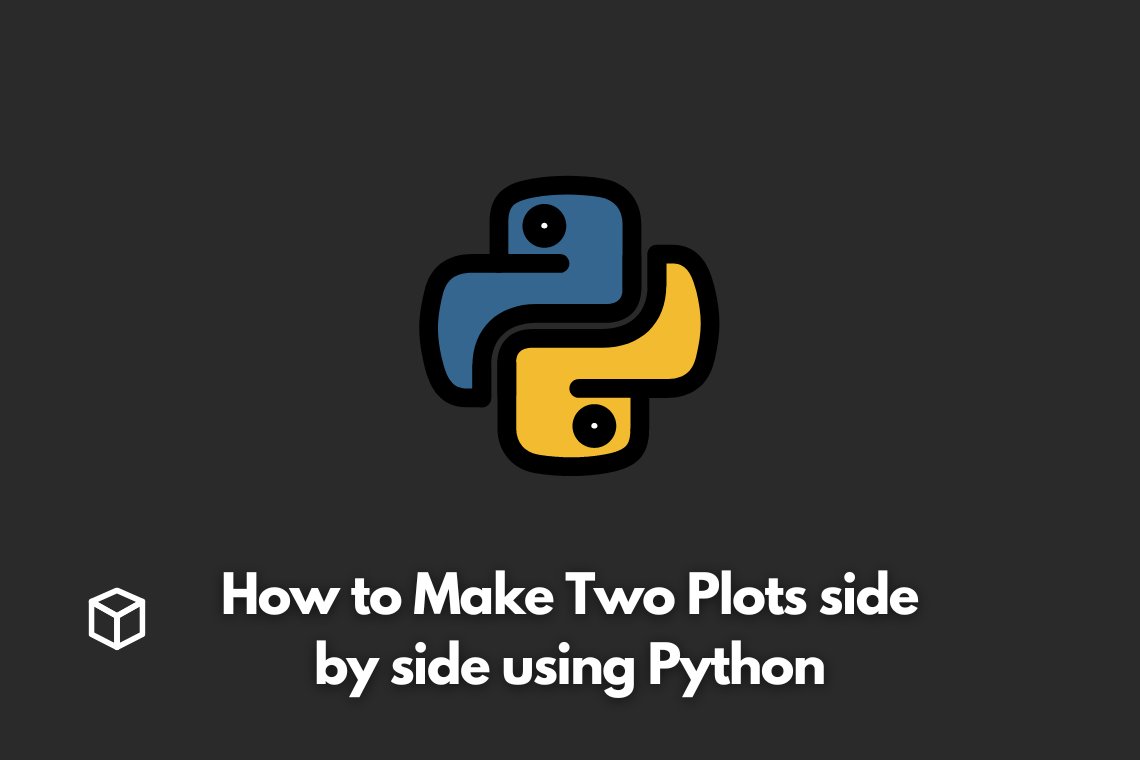Are you looking to create a dynamic data visualization in Python?
One way to do this is by placing two plots side by side. It’s a great way to compare data sets or show different aspects of the same data.
In this tutorial, we’ll walk through the steps to create two plots side by side using the popular Python library, Matplotlib.
Whether you’re a beginner or an experienced coder, this tutorial will give you the tools you need to up your data visualization game.
So let’s get started!
Alright, now that we’ve got the introduction out of the way, let’s dive into the code!
First things first, we need to import the necessary libraries. For this tutorial, we’ll be using Matplotlib and Numpy.
Matplotlib is a powerful data visualization library, and Numpy is a library that provides support for large, multi-dimensional arrays and matrices.
To import these libraries, you can use the following code:
import matplotlib.pyplot as plt import numpy as np
Now that we’ve got the libraries imported, let’s create some data for our plots.
We’ll use Numpy to generate some random data for our first plot and create a second plot with some predefined data.
Here’s an example of how you can create the data for your plots:
# Generate random data for first plot data1 = np.random.rand(10) # Define data for second plot data2 = [1, 2, 3, 4, 5]
With the data set up, we can now create our first plot. We’ll use the plt.subplot() function to create a subplot with one row and two columns.
The first plot will take up the first column, and the second plot will take up the second column. Here’s an example of how you can create the first plot:
plt.subplot(1, 2, 1) plt.plot(data1, '-o')
And now, we’ll create the second plot using the same method.
plt.subplot(1, 2, 2) plt.plot(data2, '-o')
Finally, we’ll display the plots using the plt.show() function.
plt.show()
That’s all there is to it! With just a few lines of code, you’ve created two plots side by side using Matplotlib.
You can customize the plots further by adding labels, titles, and other elements to make them more informative and visually appealing.
Feel free to play around with the code and see what you can come up with.
The possibilities are endless with data visualization, and it’s a great way to make your data come to life.
And there you have it folks! We’ve just walked through the steps to create two plots side by side using Python and Matplotlib.
We hope this tutorial has been helpful and has given you the tools you need to start creating dynamic data visualizations.
Remember, data visualization is a powerful tool for making sense of large and complex data sets, and it’s a great way to communicate your findings to others.
As always, if you have any questions or comments, feel free to reach out.




